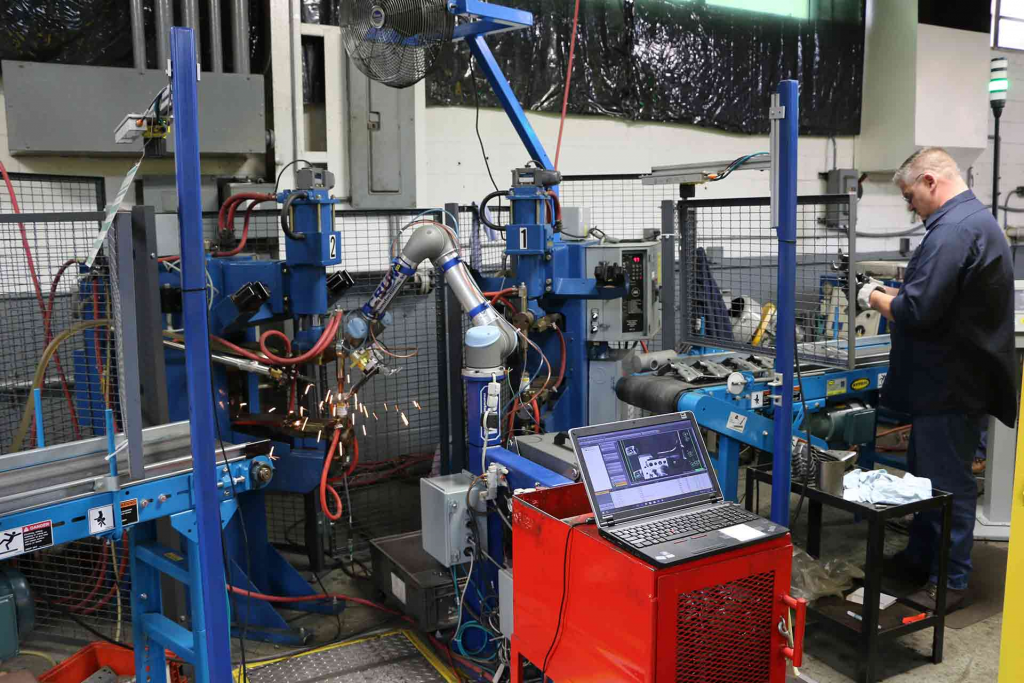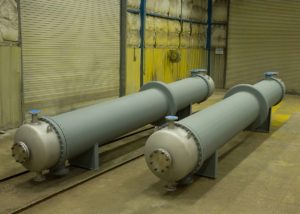Robots can either be autonomous or collaborative. Autonomous means that they work independently while collaborative means that they can work side by side with humans.
Robots can further be categorized according to their functions and the tasks they can perform. Most robots share common characteristics although there is a difference that is defined by the task they are designed for.
There are several categories of robots as discussed below.
Categories of Robots
Aerospace Robots
These are robots that can operate in space. Since some activities like space exploration might not be safe for humans, robots can be used to collect information and other data. For example, they can be used to fetch details such as weather conditions in the space like Mars or to collect samples for research.
Medical Robots
Medical robots are commonly used in healthcare facilities and health science. An example is surgical robots that are used by specialists to carry out precise operations on the human body. The health care sector is one of the sectors that have benefited largely from robotics technology seeing that they also have machines that use artificial Intelligence to privately monitor on-going procedures in their facilities such as the laboratories.
There are also rehabilitation robots that are used in recovery centers to facilitate therapy and to help the elderly or physically challenged patients in movement.
Research Robots
As suggested in the name, this category of robots is mainly used by researchers to collect and analyze data. They are commonly used in places that are risky or inappropriate for humans for example, in deep seas or extremely hot or cold places. The research robots take the dive on behalf of the human researcher but he/she can collect data and/or control it remotely.
Consumer Robots
Some people refer to them as domestic robots. They are mainly used at home to help in day-to-day activities. Many of these robots are easy to connect and use; some require the installation of easy-to-follow programs. Domestic robots are used for tasks such as cleaning and collecting luggage in the household.
Military and Security Robots
Military robots are remote-controlled machines. They are used to launch attacks, transport weapons and facilities to the militaries in volatile areas and also for rescue. Some sophisticated security robots are used to detect and identify any intruders and as well as uncover their hideouts.
Industrial Robots
Industrial robots are used in manufacturing. You have seen these on many movies and documentaries. They are autonomous and are mainly used for material handling, welding, and in motor vehicle assembly industries. Some of the industrial robots are faithfully programmed to perform a specific task while others are flexible and can be adjusted to perform the desired task.
This category of robots is, however, being swept out of many factory floors as many manufacturers gradually replace these traditional robots with the more versatile collaborative robots.
Telepresence Robots
Telepresence robots make appearances in on behalf of humans. You can monitor or control its movements by giving it commands over the internet. By so doing, you will be able to see what the robot sees or even talk to people.
Disaster Response Robots
These robots are used in places where an accident or disaster has occurred. They perform tasks that humans feel that are too life-threatening for them. For example, if an earthquake occurs, robots can be used to search for survivors or to retrieve bodies. The benefits of using these robots are that there is no fatigue and also no risks, and reduced personnel requirements like food and shelter.
Collaborative Robots causing a shift in Robotics Technology
A Collaborative robot is designed to safely work side by side with humans. Unlike the traditional industrial robots, collaborative robots (Cobots) need not work from caged environments as they are fitted with sensors that enable them to detect human presence and to swiftly make automatic responses by either slowing down or stopping activity altogether. As such, the chances of causing injuries are very minimal.
In their design, cobots have safe finishes which are mainly round-shaped. The risk of your fabric getting stuck on the machine as you go about your duties is lowered by this protective measure.
The versatility and user-friendliness of collaborative robots is another thing that is raising the demand of cobots in the market. They have a simple integration and can be re-programmed to carry out different tasks. Many cobots have a hand-guided robotic arm. This means that you can direct it to work in the desired positions or paths.
Robotic technology is offering many advantages to many businesses and production lines.
Integrate cobots in your production process today; it’s a technology that guarantees the best returns on investments.




